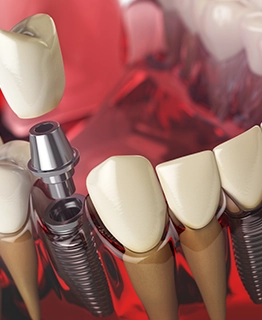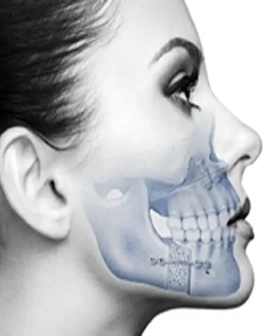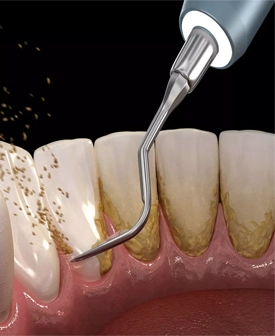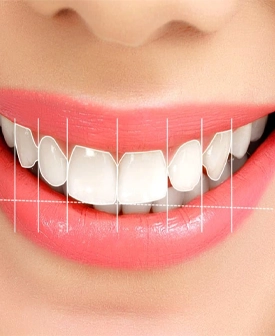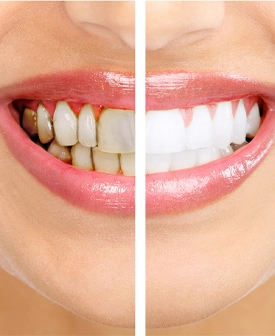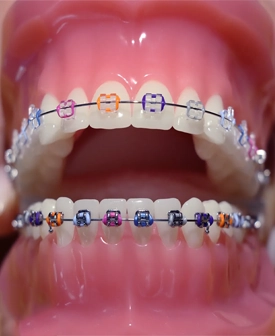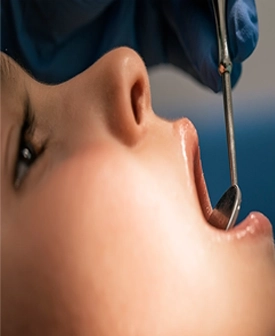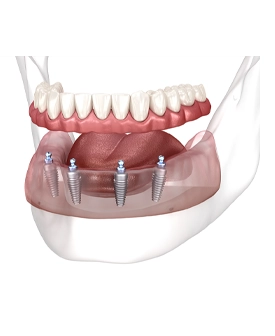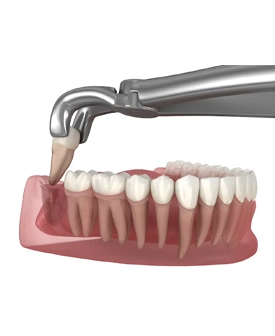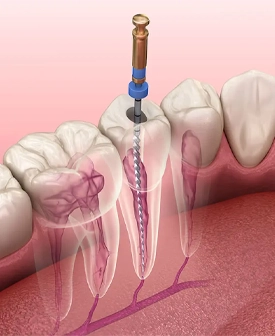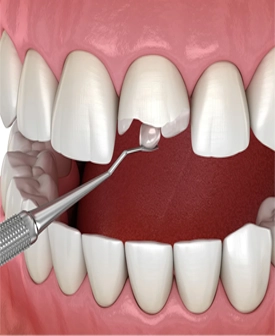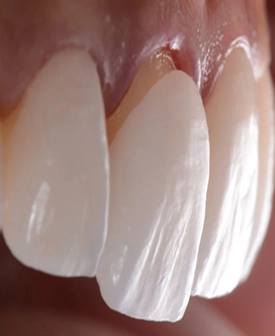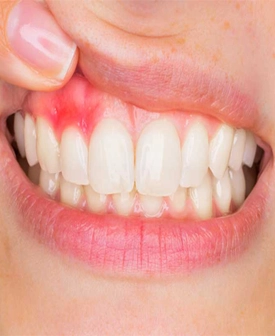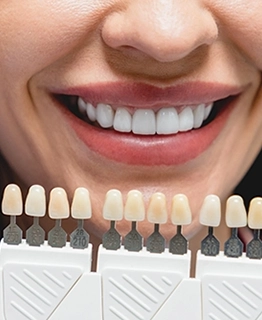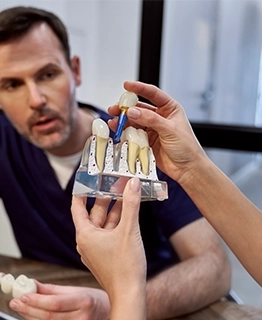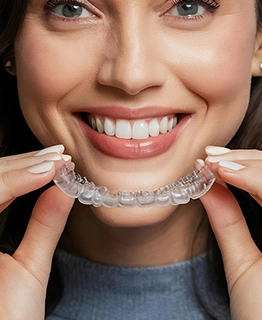Dental Prosthesis Applications
What is Dental Prosthesis Application?
Dental prosthesis application aims to restore oral health by offering aesthetic and functional solutions for lost teeth. In our clinic, we provide a variety of options to replace missing teeth, such as fixed prostheses, removable prostheses, or implant-supported prostheses. Our specialist dentists create personalized treatment plans and design dental prostheses that blend harmoniously and aesthetically with your natural teeth. Dental prostheses play an essential role not only in aesthetics but also in chewing functions, ensuring you have a healthy oral structure. With our dental prosthesis applications, we maximize your smile and overall oral health, ensuring both comfort and long-lasting results.
Types of Dental Prostheses:
Dental prostheses are generally divided into two main categories:
Fixed Prostheses:
These prostheses are fixed to the teeth or implants and cannot be removed by the patient.
- Crowns (caps): Prostheses that cover a single tooth.
- Bridges: Prostheses that are fixed to adjacent teeth in cases of multiple missing teeth.
- Implant-supported prostheses: Prostheses fixed onto implants placed in the jawbone.
Removable Prostheses:
These prostheses can be put on and removed by the patient.
- Full dentures (complete dentures): Prostheses used when all teeth are missing.
- Partial dentures: Prostheses used for partial tooth loss that attach to remaining teeth.
Stages of Dental Prosthesis Application:
1. Examination and Assessment:
- The dentist evaluates the patient's oral structure and tooth deficiencies.
- X-rays and other imaging methods are used to examine the condition of the jawbone and remaining teeth.
- The appropriate type of prosthesis is determined based on the patient's needs and expectations.
2. Impression Taking:
- Impressions are taken from the mouth, and a model of the prosthesis is prepared in the laboratory.
3. Prosthesis Fabrication:
- The prostheses are produced in the laboratory according to the prepared model.
4. Trial and Fit:
- The prepared prostheses are tested in the patient's mouth, and necessary adjustments are made for a perfect fit.
5. Prosthesis Placement:
- The fitted prostheses are permanently fixed to the teeth or implants in the case of fixed prostheses, or the patient is taught how to insert and remove removable prostheses.
6. Follow-up and Maintenance:
- After the prosthesis is placed, regular check-ups are performed to evaluate the fit and functionality.
- The patient is informed about how to care for the prosthesis.
Importance of Dental Prosthesis Applications:
- Restoration of Chewing Function: Prostheses help in better chewing of food, aiding digestion.
- Improvement of Speech Function: Missing teeth can lead to speech disorders. Prostheses ensure correct pronunciation.
- Aesthetic Appearance: Prostheses provide a natural-looking appearance, enhancing confidence.
- Preservation of Jawbone Health: Missing teeth can cause jawbone resorption. Implant-supported prostheses help prevent bone loss.
How to Care for Dental Prostheses?
Proper care is essential for the longevity of dental prostheses. Here are the key points to keep in mind:
- Regular Cleaning: Prostheses should be cleaned after every meal. Removable prostheses should be taken out before going to bed and stored in a clean solution.
- Dentist Check-ups: The condition of the prostheses and oral health should be regularly checked by the dentist.
- At-Home Care: Your dentist will provide you with guidance on how to properly care for your prostheses.
Dental prostheses are important applications that enhance the quality of life. With the correct prosthesis selection and regular care, they can be used for many years in a healthy and happy manner.

